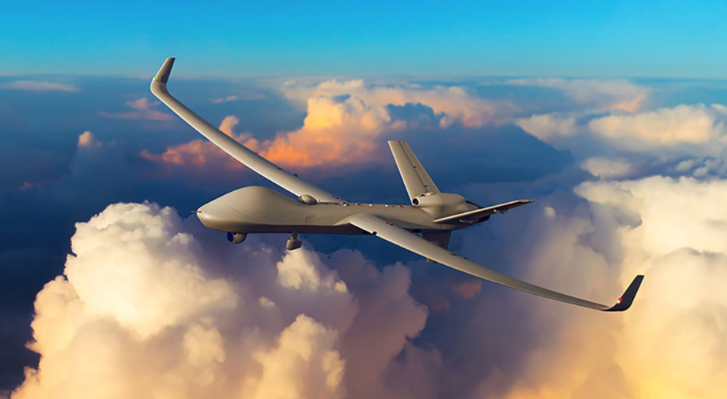The United States military has turned to unmanned aerial systems, or remotely piloted aircraft, to help reduce the risk to pilots and make operations safer and more effective. To help operate these vehicles the military utilizes commercial satellite services that connect the vehicle with its driver worlds away.

The use of these UAS and RPA vehicles is one of the reasons why commercial satellite communications (COMSATCOM) is so essential in the military today. Unfortunately, the COMSATCOM services needed to operate these remote vehicles can get expensive—especially considering the way the military currently acquires COMSATCOM services.
With an eye towards cost savings, the federal government and America’s military have taken steps to dial back spending. Travel restrictions, hiring freezes and other initiatives have been put in place.
But what if there was another way to cut costs that really had very little to no impact on accomplishing the government’s mission? The COMSATCOM being purchased to operate vehicles such as UAS and RPA could be one of the things that the military easily saves money on. Here’s how…
The government traditionally purchases geostationary (GEO) satellite capacity from COMSATCOM providers to enable operations with UAS and RPA vehicles, as well as to provide connectivity to ships at sea and other mobile operations. When communications are needed on the move, GEO satellites are providing them. However, simply switching from GEO satellites to inclined satellites could save the military 30-50 percent on the cost of these COMSATCOM services.
What’s the difference between GEO and inclined satellite orbit? Very little, to be honest.
Inclined satellites are GEO satellites that are approaching the later stages of their lives. GEO satellites sit above the Equator at all times. When these satellites get older – to save their limited fuel – operators reduce station-keeping adjustments and extend the life by allowing the spacecraft to drift in the north/south direction. The square box that GEO satellites usually sit in becomes a rectangle, and the satellite drifts in an elongated figure eight pattern within it.
To connect to inclined satellites, a tracking antenna is necessary that can move and follow the satellite along its figure eight flight pattern. Luckily for the military, most UAS and RPA vehicles already have these types of antennas since they’re needed to stay connected to GEO satellites while they’re moving. The same can be said for ships at sea and any other “comms on the move” device. This means that there is no cost and effort needed to move from GEO satellites to inclined satellites – the equipment is the same.
However, there is one area where some minor investment will be needed – training.
Military personnel are going to need some new skills, and will have to do some more work when communicating with inclined satellites in contract to GEO satellites. Since GEO satellites don’t move, they stay in the same location above the Equator, satellite operators don’t need to frequently update ephemeris data. Since inclined satellites do move in a figure eight pattern, the personnel at the ground station will have to frequently update the ephemeris data as the position of the satellite changes.
The sheer savings that inclined satellites can deliver clearly outweigh the inconvenience of retraining satellite personnel. Since these inclined satellites require tracking antennas, there are only so many different applications they can be used for. This means that they often have a significant amount of capacity available. With capacity readily available aboard these satellites, the military not only gets low pricing, they also don’t have to compete for bandwidth.
At a time when the military and the federal government are looking for any way possible to trim costs and save money, continuing the use of GEO satellites for comms on the move, remote vehicles and ships at sea when cheaper, inclined satellites are available is hard to justify. With some additional training and just a little more work, the military personnel that operate satellites can get up to speed, and the hardware necessary to use these satellites is already in hand. To learn more.

